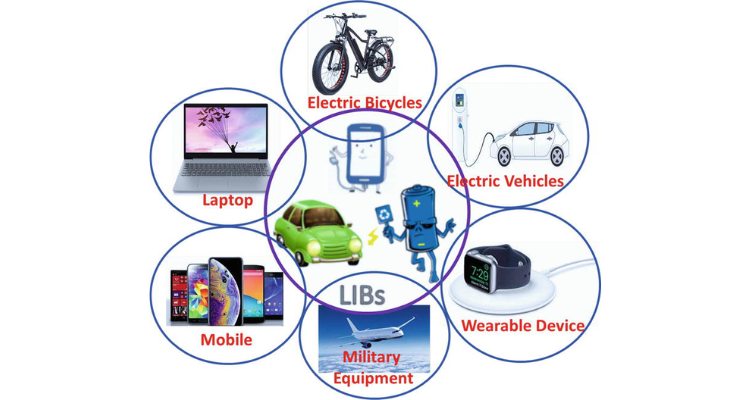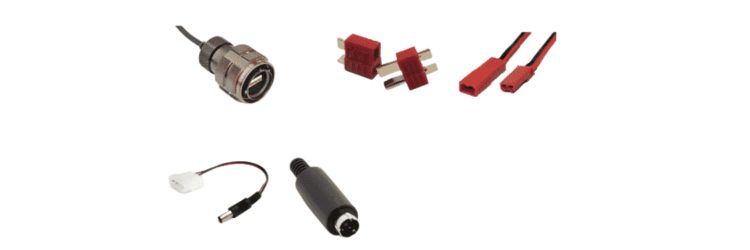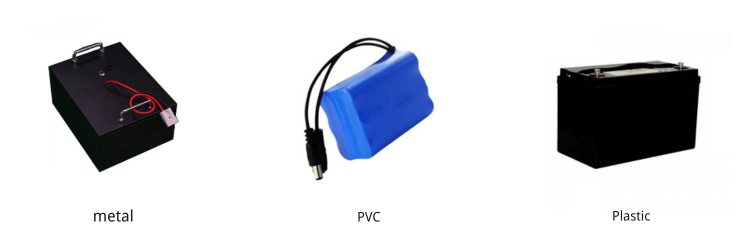7 Steps to Custom Your Battery Pack
1. Application
People want to keep their new projects secret, but that doesn't work well for custom battery projects because there is a lot of battery chemistry and battery engineers know what works best for your design.
If you don't want us to know, you can at least tell us what it is, like a speaker, a health tracker, a detector. If you feel the need, we can talk to you before the NDA agreement to protect your project information.
To customize a battery pack, the first step is to determine the application and requirements of the project. Different battery chemistries have varying sizes, energy densities, and performance characteristics that can affect the overall design and functionality of the battery pack.
For example, cylindrical battery cells such as the 18650 and 26650 are commonly used in medical devices such as ultrasound machines, drug delivery systems, patient monitors, and imaging systems due to their availability and low MOQ requirements. On the other hand, Lithium Iron Phosphate (LiFePO4) battery cells are commonly used in electric vehicles, e-bikes, and energy storage systems due to their high energy density and long cycle life.

Once the application and requirements are determined, the battery engineer can recommend the best battery chemistry and cell size to optimize the battery pack's performance and cost-effectiveness. Other factors to consider in custom battery pack design include the desired voltage, capacity, and charging and discharging rates.
2. Operating and Peak Currents
Working Current, also known as Constant Current, is the average current that a device draws during normal operation. This is important to know when designing a custom battery pack, as it helps determine the capacity and discharge rate of the battery. If the device's working current is not known, the wattage can be used as an alternative to estimate the current draw. Wattage can be calculated by multiplying the device's voltage and current ratings.
Peak Current, also known as Max Current, is the highest current that a device may draw during a short period, typically when it first starts up or when it experiences high power demand, such as when a motor is activated. This is important to know when designing a custom battery pack, as it helps determine the maximum discharge rate of the battery. The peak current may exceed the battery's nominal current rating, so the battery must be able to provide the necessary current without damaging itself or the device.
3. Capacity
Battery capacity is a crucial factor to consider when designing a custom battery pack. It is usually measured in watt-hours (Wh) or milliampere-hours (mAh), and it determines the amount of energy that the battery can store and supply.
It's important to work with a battery engineer to ensure that the custom battery pack is designed with the appropriate capacity and specifications to meet the device's power requirements and working time. This will help ensure optimal performance, safety, and cost-effectiveness of the battery pack.
4. Voltage
Voltage is another important parameter to consider when designing a custom battery pack.
5. Battery Size
In some cases that you might have already wanted the battery to be in-house, let us know what room is left for the battery.

6. Connector Type
Popular types like 55*25 type

7. Choose Battery Casing: PVC, Plastic casing, metal casing
There are mainly 3 types of outer casing: metal casing, PVC, Plastic casing
